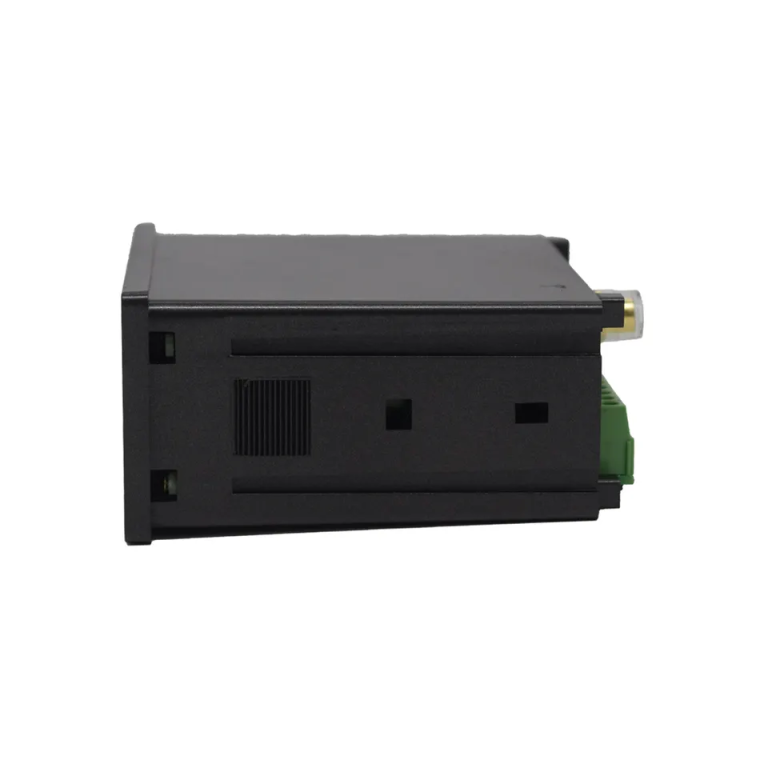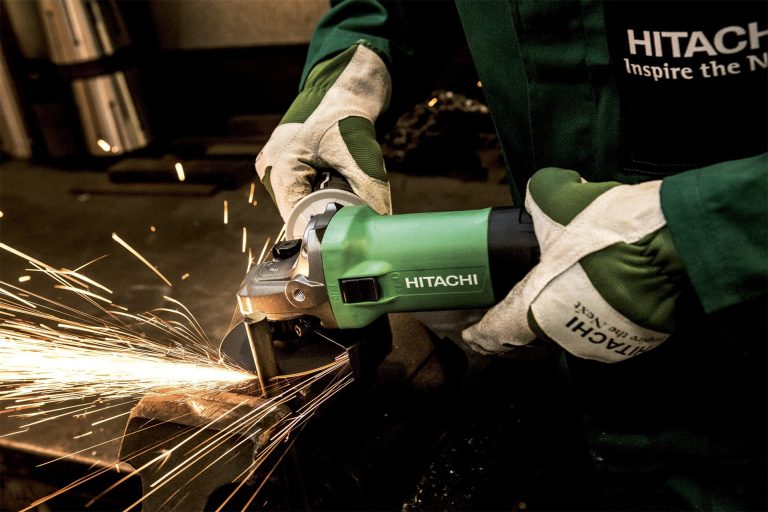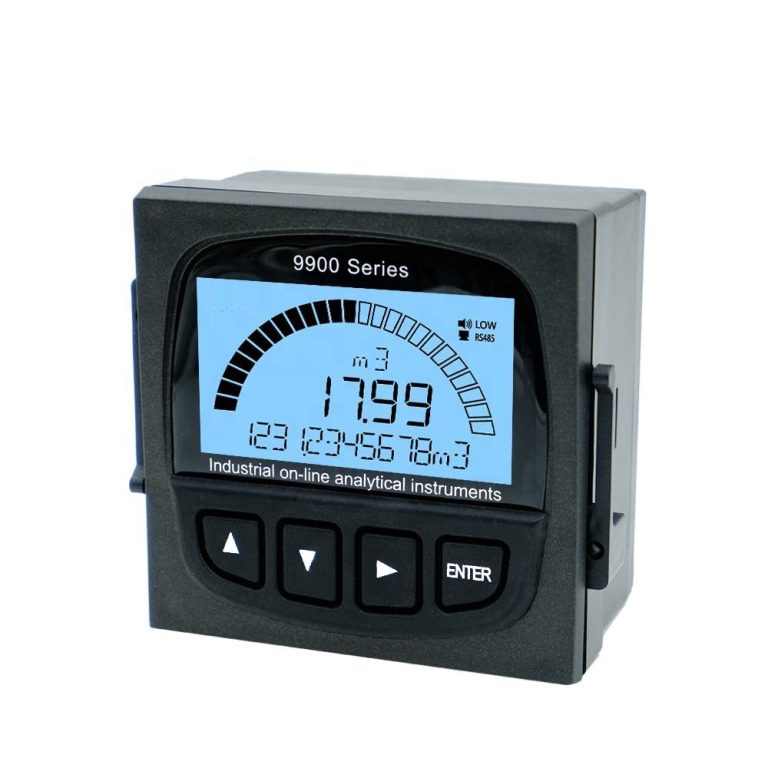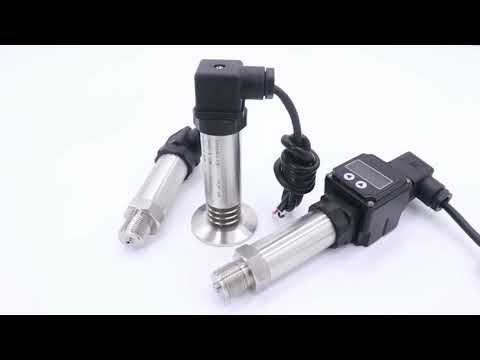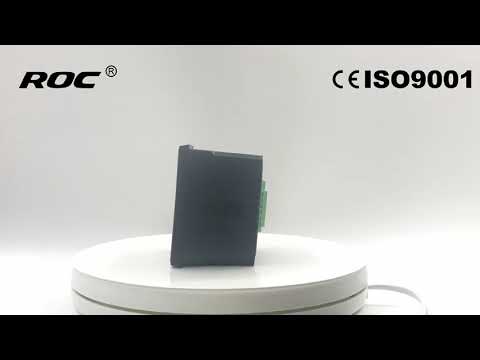Table of Contents
How Does an electrical conductivity meter Measure Conductivity?
An electrical conductivity meter is a device used to measure the ability of a substance to conduct electricity. This measurement is important in various industries, such as agriculture, water treatment, and pharmaceuticals, as it can provide valuable information about the quality and purity of a solution. Understanding the working principle of an electrical conductivity meter is essential to interpreting the results accurately.
| ROS-8600 RO Program Control HMI Platform | ||
| Model | ROS-8600 Single Stage | ROS-8600 Double Stage |
| Measuring range | Source water0~2000uS/cm | Source water0~2000uS/cm |
| \\u3000 | First level effluent 0~200uS/cm | First level effluent 0~200uS/cm |
| \\u3000 | secondary effluent 0~20uS/cm | secondary effluent 0~20uS/cm |
| Pressure sensor(optional) | Membrane pre/post pressure | Primary/ secondary membrane front/rear pressure |
| ph sensor(optional) | —- | 0~14.00pH |
| Signal collection | 1.Raw water low pressure | 1.Raw water low pressure |
| \\u3000 | 2.Primary booster pump inlet low pressure | 2.Primary booster pump inlet low pressure |
| \\u3000 | 3.Primary booster pump outlet high pressure | 3.Primary booster pump outlet high pressure |
| \\u3000 | 4.High liquid level of Level 1 tank | 4.High liquid level of Level 1 tank |
| \\u3000 | 5.Low liquid level of Level 1 tank | 5.Low liquid level of Level 1 tank |
| \\u3000 | 6.Preprocessing signal\\u00a0 | 6.2nd booster pump outlet high pressure |
| \\u3000 | 7.Input standby ports x2 | 7.High liquid level of Level 2 tank |
| \\u3000 | \\u3000 | 8.Low liquid level of Level 2 tank |
| \\u3000 | \\u3000 | 9.Preprocessing signal |
| \\u3000 | \\u3000 | 10.Input standby ports x2 |
| Output control | 1.Water inlet valve | 1.Water inlet valve |
| \\u3000 | 2.Source water pump | 2.Source water pump |
| \\u3000 | 3.Primary booster pump | 3.Primary booster pump |
| \\u3000 | 4.Primary flush valve | 4.Primary flush valve |
| \\u3000 | 5.Primary dosing pump | 5.Primary dosing pump |
| \\u3000 | 6.Primary water over standard discharge valve | 6.Primary water over standard discharge valve |
| \\u3000 | 7.Alarm output node | 7.Secondary booster pump |
| \\u3000 | 8.Manual standby pump | 8.Secondary flush valve |
| \\u3000 | 9.Secondary dosing pump | 9.Secondary dosing pump |
| \\u3000 | Output standby port x2 | 10.Secondary water over standard discharge valve |
| \\u3000 | \\u3000 | 11.Alarm output node |
| \\u3000 | \\u3000 | 12.Manual standby pump |
| \\u3000 | \\u3000 | Output standby port x2 |
| The main function | 1.Correction of electrode constant | 1.Correction of electrode constant |
| \\u3000 | 2.Overrun alarm setting | 2.Overrun alarm setting |
| \\u3000 | 3.All working mode time can be set | 3.All working mode time can be set |
| \\u3000 | 4.High and low pressure flushing mode setting | 4.High and low pressure flushing mode setting |
| \\u3000 | 5.The low pressure pump is opened when preprocessing | 5.The low pressure pump is opened when preprocessing |
| \\u3000 | 6.Manual/automatic can be chosen when boot up | 6.Manual/automatic can be chosen when boot up |
| \\u3000 | 7.Manual debugging mode | 7.Manual debugging mode |
| \\u3000 | 8.Alarm if communication interruption | 8.Alarm if communication interruption |
| \\u3000 | 9. Urging payment settings | 9. Urging payment settings |
| \\u3000 | 10. Company name,website can be customized | 10. Company name,website can be customized |
| Power supply | DC24V\\u00b110% | DC24V\\u00b110% |
| Expansion interface | 1.Reserved relay output | 1.Reserved relay output |
| \\u3000 | 2.RS485 communication | 2.RS485 communication |
| \\u3000 | 3.Reserved IO port, analog module | 3.Reserved IO port, analog module |
| \\u3000 | 4.Mobile/computer/touch screen synchronous display\\u00a0 | 4.Mobile/computer/touch screen synchronous display\\u00a0 |
| Relative humidity | \\u226685% | \\u226485% |
| Environment temperature | 0~50\\u2103 | 0~50\\u2103 |
| Touch screen size | 163x226x80mm (H x W x D) | 163x226x80mm (H x W x D) |
| Hole Size | 7 inch:215*152mm(wide*high) | 215*152mm(wide*high) |
| Controller size | 180*99(long*wide) | 180*99(long*wide) |
| Transmitter size | 92*125(long*wide) | 92*125(long*wide) |
| Installation method | Touch screen:panel embedded; Controller: plane fixed | Touch screen:panel embedded; Controller: plane fixed |
The working principle of an electrical conductivity meter is based on the fact that electrical conductivity is directly related to the concentration of ions in a solution. Ions are charged particles that are formed when a substance dissolves in water. These ions can carry an electric current, which is why solutions with a higher concentration of ions have higher conductivity.
When an electrical conductivity meter is placed in a solution, an electric current is passed through the solution via two electrodes. The electrodes are typically made of a conductive material, such as platinum or graphite, and are placed at a fixed distance from each other. As the current passes through the solution, the ions in the solution carry the current from one electrode to the other.
The conductivity of a solution is typically measured in units of Siemens per meter (S/m) or microsiemens per centimeter (\\u00b5S/cm). These units represent the ability of a substance to conduct electricity, with higher values indicating higher conductivity. Conductivity values can vary widely depending on the type of solution and the concentration of ions present.
One important factor to consider when using an electrical conductivity meter is temperature. The conductivity of a solution is affected by temperature, as higher temperatures can increase the mobility of ions in the solution. To account for this, most electrical conductivity meters are equipped with temperature compensation features that adjust the conductivity readings based on the temperature of the solution.
In addition to measuring the conductivity of a solution, electrical conductivity meters can also be used to determine the total dissolved solids (TDS) in a solution. TDS is a measure of the total amount of dissolved substances in a solution, including both ions and non-ionic compounds. By measuring the conductivity of a solution and applying a conversion factor, the electrical conductivity meter can estimate the TDS of the solution.
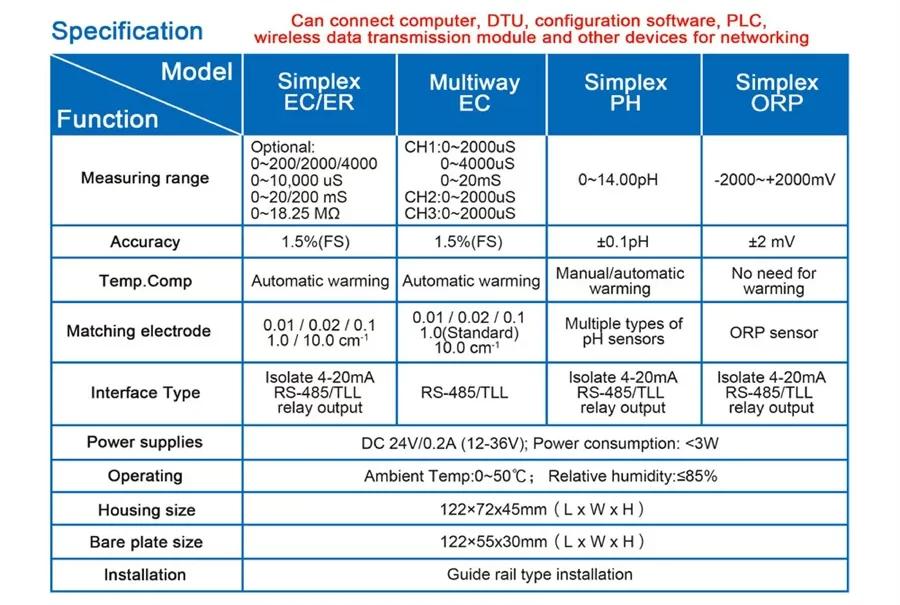
In conclusion, the working principle of an electrical conductivity meter is based on the relationship between electrical conductivity and the concentration of ions in a solution. By measuring the resistance of a solution to the flow of electric current, the electrical conductivity meter can accurately determine the conductivity of the solution. Understanding how an electrical conductivity meter works is essential for obtaining accurate and reliable measurements in various industries.
Understanding the Technology Behind Electrical Conductivity Meters
Electrical conductivity meters are essential tools used in various industries to measure the ability of a substance to conduct an electric current. Understanding the working principle of these meters is crucial for ensuring accurate measurements and reliable results. In this article, we will delve into the technology behind electrical conductivity meters and how they operate.
At the core of an electrical conductivity meter is a pair of electrodes that come into contact with the substance being tested. These electrodes are typically made of materials with high conductivity, such as platinum or graphite, to ensure accurate readings. When an electric current is applied to the electrodes, ions in the substance move towards the electrodes, allowing the current to flow through the solution.
The conductivity of a substance is directly proportional to the number of ions present in the solution. Therefore, substances with a higher concentration of ions will have a higher conductivity, while substances with fewer ions will have a lower conductivity. This relationship forms the basis of how electrical conductivity meters work.
To measure the conductivity of a substance, the electrical conductivity meter applies a known voltage across the electrodes and measures the resulting current flow. The meter then calculates the conductivity of the substance using Ohm’s Law, which states that the current flowing through a conductor is directly proportional to the voltage applied and inversely proportional to the resistance of the conductor.
In addition to measuring conductivity, electrical conductivity meters can also be used to determine the total dissolved solids (TDS) in a solution. TDS is a measure of the combined content of all inorganic and organic substances present in a liquid, including salts, minerals, and other compounds. By measuring the conductivity of a solution and applying a conversion factor, the meter can estimate the TDS content of the substance.
One of the key advantages of electrical conductivity meters is their ability to provide rapid and accurate measurements. Unlike traditional methods of measuring conductivity, such as titration or gravimetric analysis, electrical conductivity meters offer real-time results with minimal sample preparation. This makes them ideal for use in industries where quick and reliable measurements are essential, such as water treatment plants, food production facilities, and pharmaceutical laboratories.
In conclusion, electrical conductivity meters play a crucial role in a wide range of industries by providing accurate and reliable measurements of a substance’s conductivity. By understanding the working principle of these meters and how they operate, users can ensure the quality and consistency of their results. Whether measuring conductivity or estimating TDS content, electrical conductivity meters offer a fast and efficient way to analyze the properties of a substance. With their advanced technology and precise measurements, electrical conductivity meters continue to be indispensable tools for researchers, scientists, and technicians alike.

